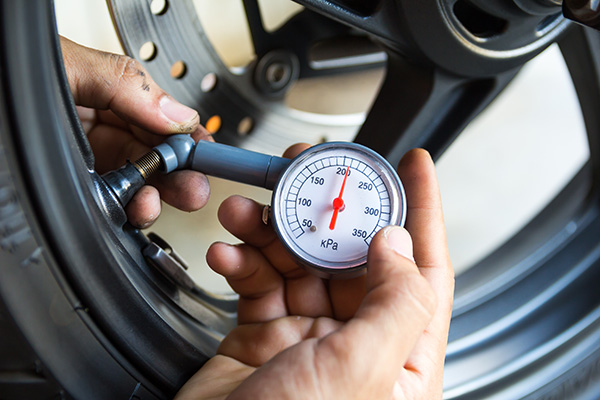Posted on 4/25/2025

Tire pressure might not be something you think about often, but it plays a major role in how your car drives, handles, and uses fuel. What catches a lot of drivers off guard is how much things like weather and elevation can mess with it. One cold night or a drive up into the mountains can be enough to trigger your tire pressure warning light—even if your tires were fine the day before. Knowing how temperature and altitude affect your tires can help you catch issues early, avoid unnecessary wear, and keep your car performing like it should. What Happens to Tire Pressure When the Temperature Drops Tire pressure fluctuates with temperature because air expands and contracts with heat. When the temperature drops, so does the pressure inside your tires. On average, you lose about 1 PSI (pound per square inch) for every 10°F drop in temperature. That means if it was 80°F yesterday and dropped to 40°F overnight, you could lose 4 PSI in each tire without e ... read more